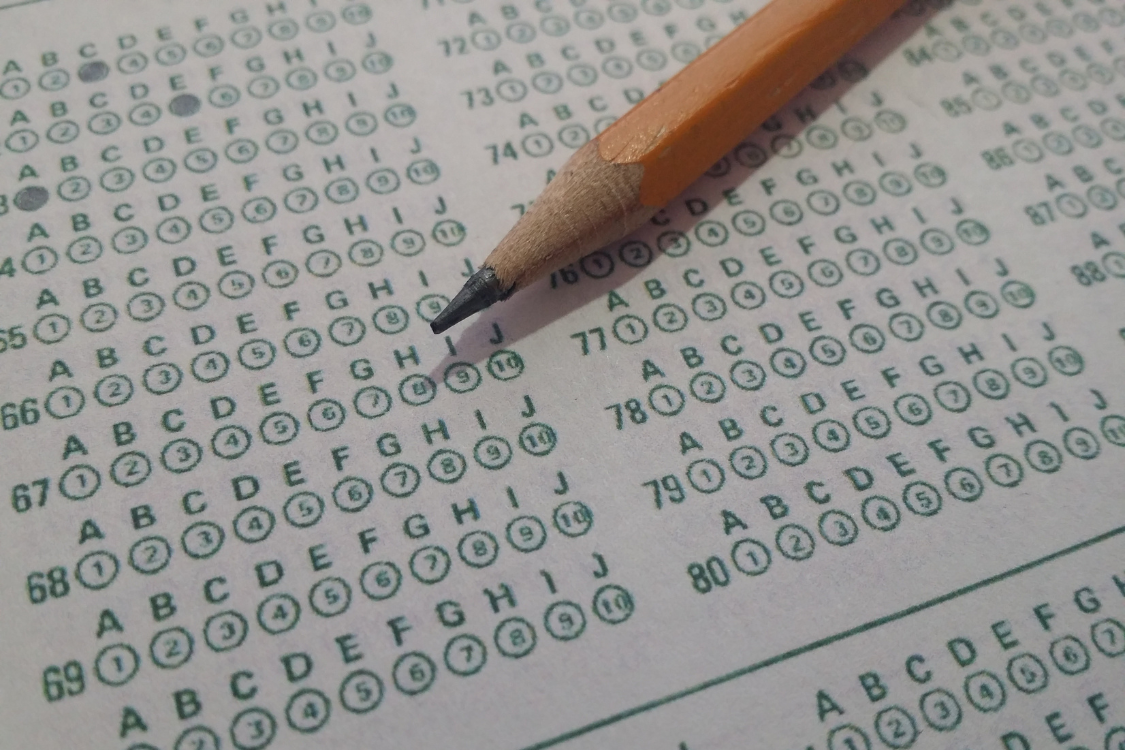
Beginning your pre-med journey can be intimidating, especially the MCAT but it doesn’t have to be. By equipping yourself with as much knowledge as possible it can help better prepare you for what is ahead.
One main part of taking the MCAT besides knowing the knowledge on the test is learning how the test is set up. This can help prepare you for each section more efficiently.
This post is here to offer you insight into each section of the MCAT and how the questions are set up.
Chemical and Physical Foundations of Biological Science
The first section is the Chemistry and Physics section. This section has historically been one of the harder sections on the test and is the section most students worry about.
If you know you are weaker in this section do not be intimidated. Take that fear and turn it into power to get through the section. Give this section extra love and attention if you know you need it.
The breakdown of this section is general chemistry (30%), introductory physics (25%), first-semester biochemistry (25%), organic chemistry (15%) and introductory biology (5%).
This section does require some math and calculators are not allowed but don’t be scared by this. With practice, you will get good at rounding and doing mental math for the problems on the test. This is a skill that takes time to develop but question banks and practice tests will help you with that.
Classes such as general chemistry 1 and 2, organic chemistry 1 and 2 as well as physics 1 &2 will help you to do well in this section.
Biology and Biochemical Foundations of Living Science
The next section is the Biology and Biochem section. Roughly half of this section consists of introductory biology (65%), followed by first-semester biochemistry (25%) and a little bit of general and organic chemistry(10%).
Doing well in classes such as introductory biology, biochemistry, cell biology, genetics, and physiology can help you do well in this section and bring your score up overall.
Critical Analysis and Reasoning (CARS)
The next section is often called the hardest section of the whole test because it is all about reasoning and comprehension. This section often has nothing to do with science and is instead reading passages to analyze and understand.
This section consists of reasoning beyond the text which is “Can you relate information given in the passage to new information in from the question”, reading comprehension (30% ) which is essentially “Do you understand the main idea”, and reasoning within the text (30%) which is “Do you understand how different ideas in the text relate to one another.”
Although this section can seem a little random it is helping you develop skills you will need in medical school to answer second-order and third-order questions.
Building up your reading speed and comprehension will help greatly with this section as well as practicing difficult questions multiple times and eventually developing a routine on how you will approach each question.
Psychological, Social Biological Foundations of Behavior
The last section on the MCAT is the Psychology and Sociology part. This section consists of introductory psychology (65%), introductory sociology (30%), and introductory biology (5%).
Some students consider this section one of the easier ones because a lot of the terminology needed for this section can be memorized easily. Also, the concepts are not as dense as other sections. Having a good foundation of vocabulary can take you far in this section.
Classes such as introductory psychology and sociology will help you to do well in this section.
General Format
Each MCAT section has between 53-59 questions with the average value of each question being around two points and 230 questions total. This comes out to about 6 hours and 15 minutes roughly without breaks.
Most questions are passage-based meaning that you answer questions based on the passage while some are discrete which are stand-alone questions. Both types of questions test your scientific knowledge indirectly or directly.
As of 2024, the science sections have 10 passages each with 4-7 questions going along with that passage and about 15 discrete (stand-alone) questions. The CARS section will have 9 passages with its corresponding questions.
As you can see from the breakdown above biology is in almost every section. This means that biology is the most important base subject out of all of them, followed by general chemistry, physics, and organic chemistry. Doing your best in these classes will take you far with this test.
Lastly, the AAMC has identified four specific Scientific Inquiry and Reasoning Skills (SIRS) that are necessary to do well on the MCAT. Knowledge of Scientific Concepts and Principles, Scientific Reasoning and Problem Solving, Reasoning About the Design and Execution of Research, and Data-Based and Statistical Reasoning.
These skills along with others that you pick up during studying will ensure you do well on the MCAT. Take each class, each section, and question one step at a time and you will do well on the MCAT!


